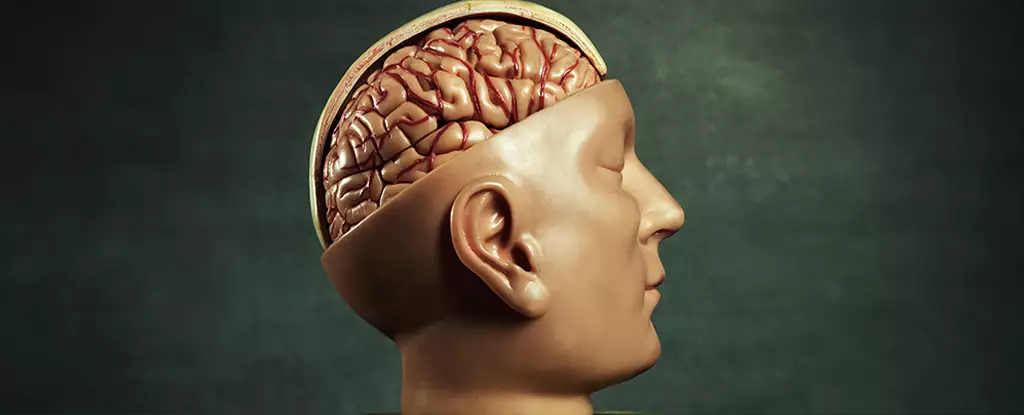The brain, often described as having the texture of soft-set blancmange, is encased in the skull and protected by three membranes known as meninges. These membranes provide stability, prevent the brain from sloshing around, and create compartments within the skull. The first of these membranes, called the dura, is tough, while the second membrane, the arachnoid, is similar to a spider’s web. The third membrane, the pia, is delicate and thin. These structures play a crucial role in safeguarding the brain and ensuring its proper functioning. On a deeper level, the brain receives sensory information from all parts of the body and sends instructions back, controlling muscle movements, heart rate, and hormone secretion.
Removing a brain for transplantation is a challenging task as it involves cutting through the cranial nerves and the spinal cord, which transmit vital information to and from the brain. Once these nerves are severed, they do not easily reconnect, leading to potential disintegration and cell death. Researchers worldwide are exploring methods to promote nerve cell regrowth after damage, such as using chemicals or cell grafting. Additionally, the arteries that supply blood to the brain must be cut during the removal process, necessitating a reestablishment of blood flow post-transplantation.
Brain transplantation poses a multitude of obstacles, from ensuring that the new brain integrates seamlessly into its new environment to addressing the potential rejection by the recipient’s immune system. Unlike other organ transplants, where donor matching is critical to prevent rejection, the brain represents a unique challenge due to the intricate blood-brain barrier mechanism. If not properly reconstructed during the transplant, the donor brain could be at risk of immune system attack. Furthermore, the synchronization between the transplanted brain and the recipient’s body functions remains a major concern, as seen in instances where they are reported to be “not quite synchronised.” The brain’s ability to adapt and learn post-transplantation offers a glimmer of hope for potential growth and development.
Despite the vivid portrayal of brain transplantation in science fiction and cinema, the current scientific understanding of basic anatomy and physiology casts doubt on the feasibility of such a complex procedure. The intricate connections within the brain, coupled with the body’s natural defense mechanisms, make the development of brain transplants highly unlikely at this point. However, with advancements in technology, expertise, and research, the possibility of brain transplantation becoming a reality in the future cannot be entirely ruled out. The ethical implications and societal impact of brain swapping, as depicted in works like “Poor Things,” raise thought-provoking questions about the boundaries of medical science and the human experience.
The concept of brain transplantation delves into the realms of science fiction and speculative cinema. While the current scientific landscape presents numerous challenges and hurdles to overcome, the potential for further innovation and discovery may pave the way for future breakthroughs in this field. As we continue to push the boundaries of medical science, the idea of brain transplants remains a tantalizing proposition that captivates the imagination and sparks myriad debates on the possibilities and consequences of such a revolutionary procedure.


Leave a Reply